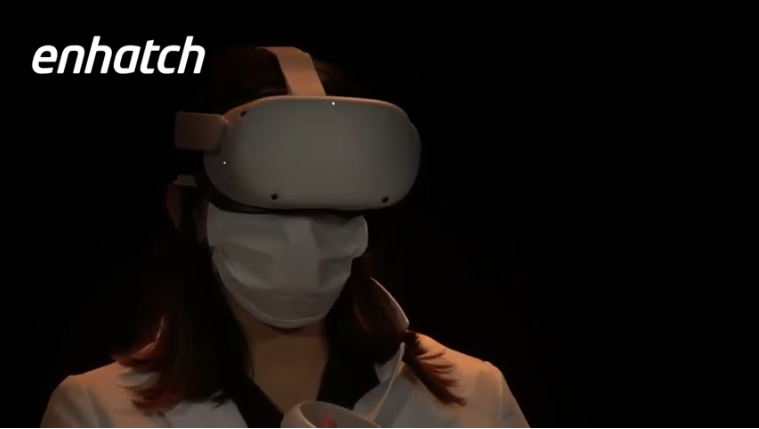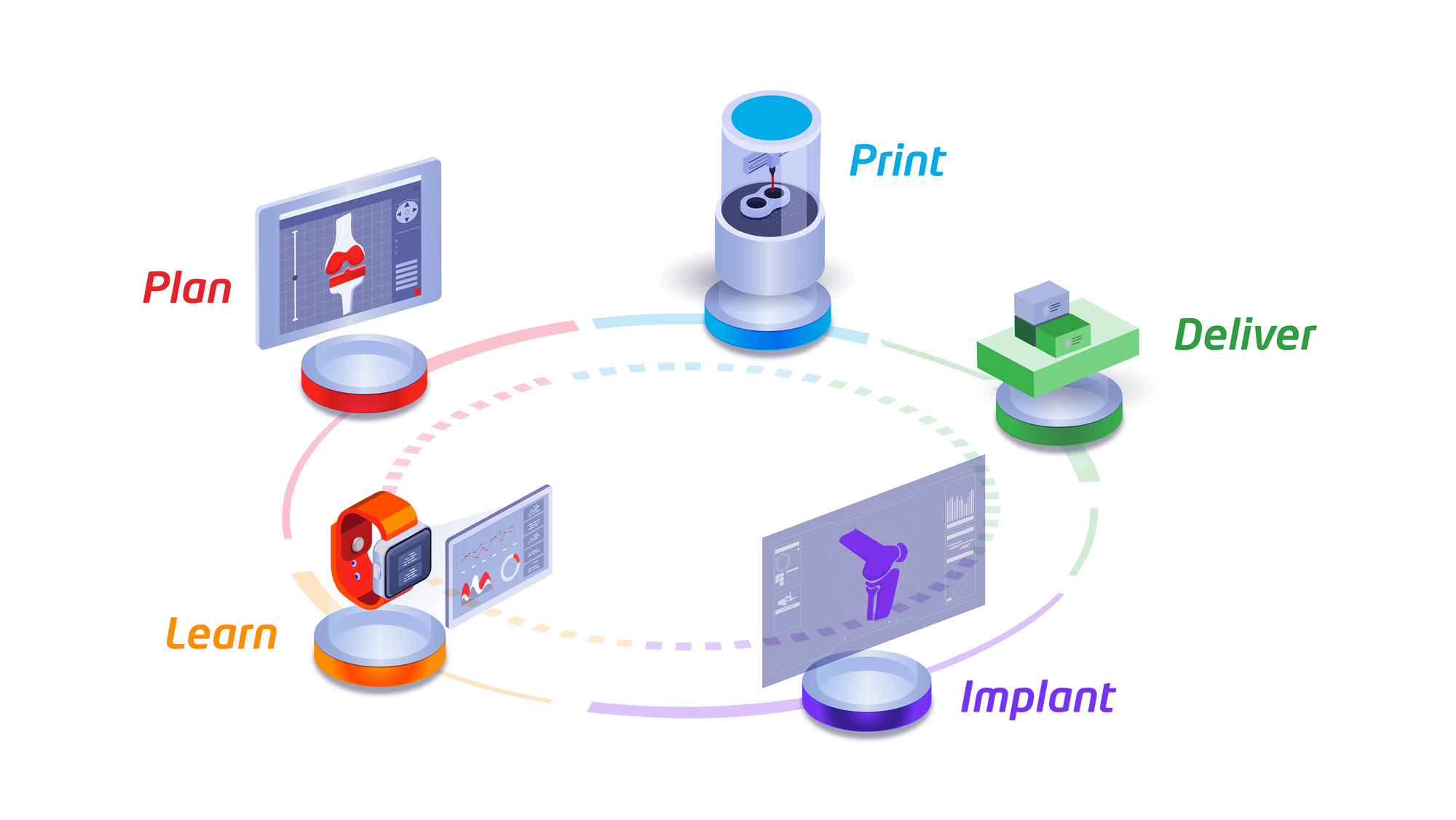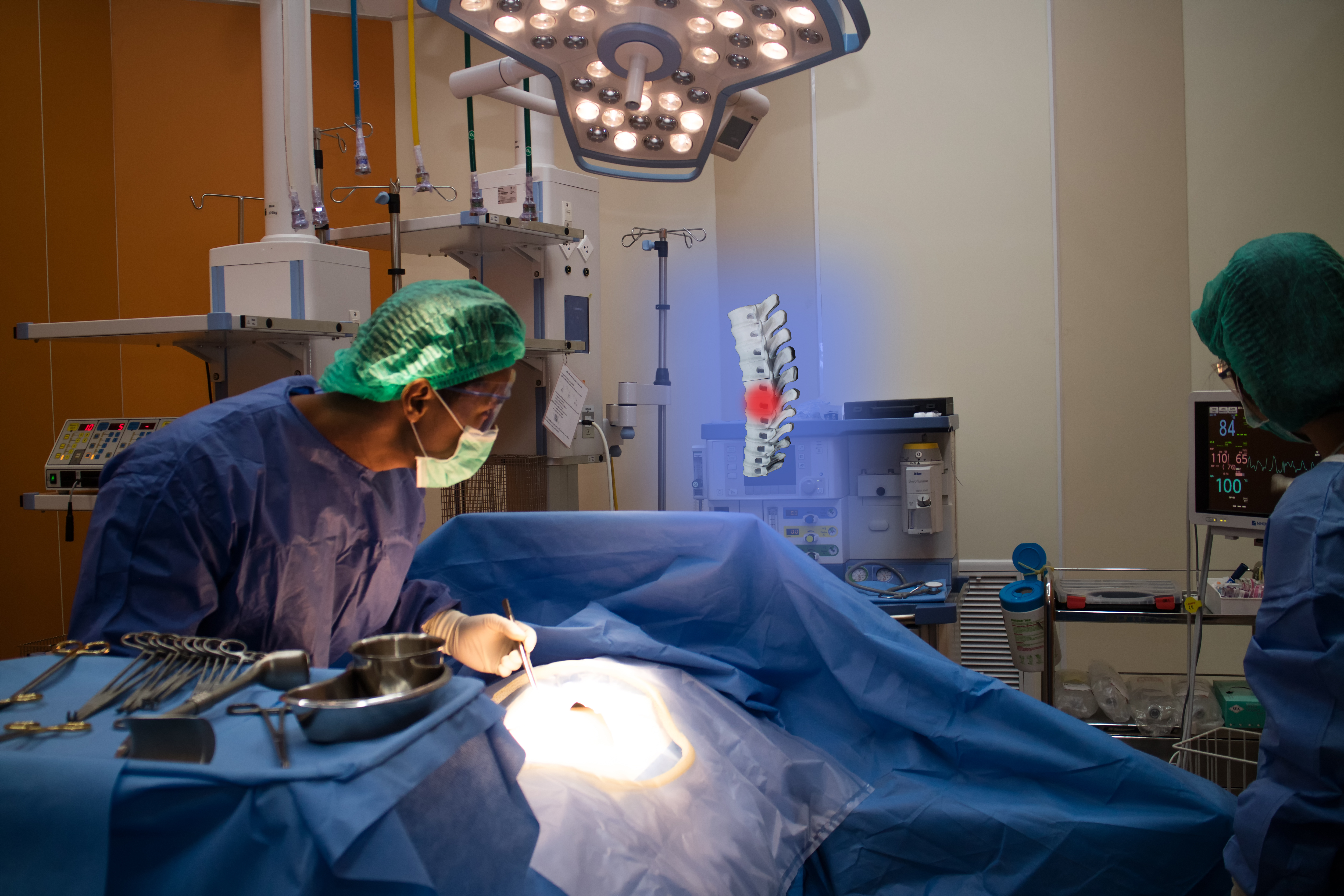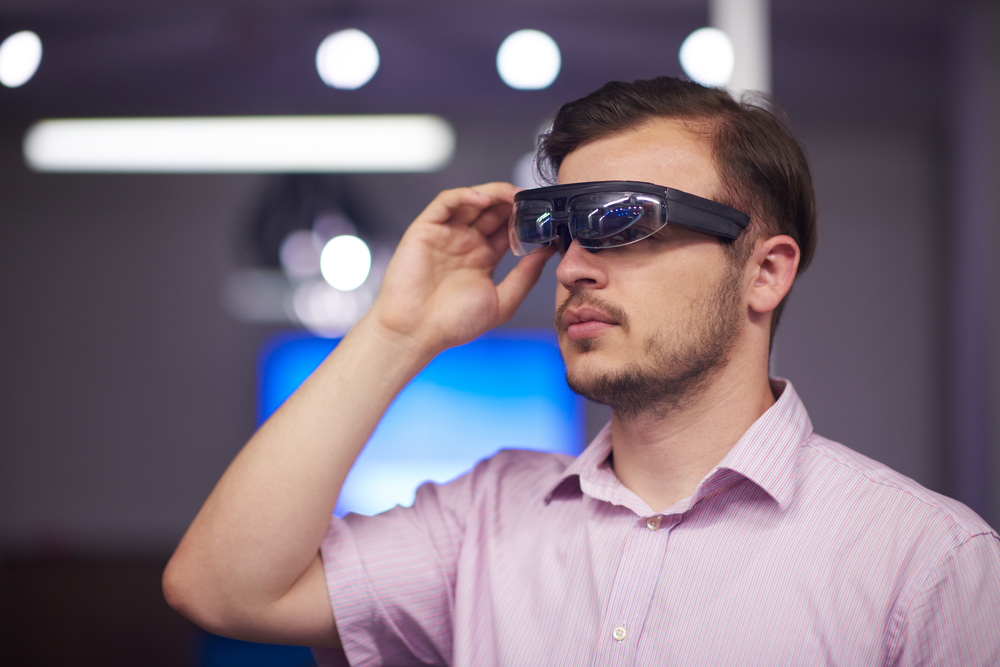Elevating Surgery with XR Streaming
We are very excited to announce our partnership with Holo-Light to deliver an immersive streaming platform for intraoperative procedures and surgical training using augmented reality (AR) and virtual reality (VR).
Posts about:

We are very excited to announce our partnership with Holo-Light to deliver an immersive streaming platform for intraoperative procedures and surgical training using augmented reality (AR) and virtual reality (VR).

The main focus of orthopedic surgeries today is faster surgeries, improved outcomes, and satisfied patients. However, many things stand in the way of achieving this goal.

At Enhatch, we strongly believe that open, digital ecosystems will deliver a universe of innovation to enhance the future of surgery, not only for orthopaedics but the entire medical device industry.

Being a spine surgeon requires the dedication, training, and focus of a professional athlete with significantly more at stake – patients’ lives. Spine surgery can be complex, and patient and surgeon training is a continuous learning process. Even experienced spine surgeons are constantly measuring, monitoring, and analyzing the results of each case and looking for ways to improve how they operate and educate.

Blended learning began to trend even before the COVID-19 pandemic. Virtual learning tools enhanced in-person instruction by reinforcing concepts learned through a didactic teaching format. However, being a good surgeon requires learning by doing and watching experienced surgeons plan and troubleshoot real-world cases intra-operatively.

– Can physical cut guides be enough?
- What is surgical navigation?
– What are the drawbacks of computer assisted surgical navigation?
– Are augmented reality navigation systems the best choice?
– Patient apps can increase patient satisfaction
– Wearables provide objective data before and after surgery
– Surgery simulators and smart implants can process information and automatically adjust

– Residents can have more involved VR training materials
– VR training can help improve medical device compliance
– Surgeons can work through complex procedures on patient specific models
